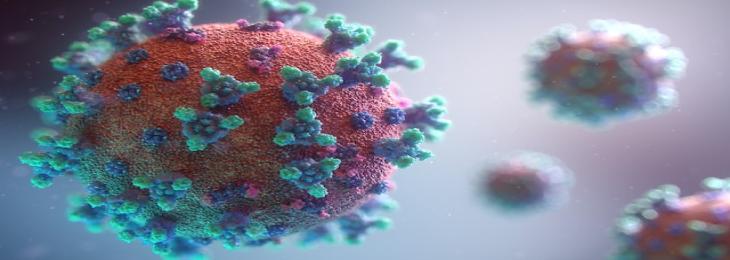
The researchers discovered the knowledge of how the most basic human liver cells react when exposed to an Ebola virus infection. The study says Hepatocytes, which make up 80% of the liver's bulk and perform a variety of functions.
Ebola virus outbreaks result in extremely high fatality rates and have a substantial healthcare impact. It is essential to comprehend how the virus damages tissue in order to develop creative therapy approaches or stop the progression of the disease. EVD harms the liver in addition to creating gastrointestinal symptoms and hemorrhagic symptoms. Research using human stem cells was conducted by Elke Mühlberger, Ph.D., professor of microbiology at Boston University's National Emerging Infectious Diseases Laboratory, and Gustavo Mostoslavsky, co-director of the Center for Regenerative Medicine, associate professor of microbiology and medicine at BU School of Medicine.The results provide fresh insight into how liver cells respond as a host to an Ebola virus infection.
In order to create different cell types through genetic manipulation, the researchers used pluripotent stem cells , which are created from cells from tissues and organs. The induced pluripotent stem cells used in this study were modified to become cells that resemble hepatocytes . Most of the functions of the liver are carried out by hepatocytes, which account for 80% of the liver's mass. In order to test whether the Ebola virus can multiply in HLCs and what kind of response in these liver cells that infection causes, these HCLs were then infected with the virus. The study demonstrates that the Ebola virus infection impairs key liver cell processes. This implies that these extremely dangerous Infections have emerged a defence mechanism that precludes an infection-causing organism's antiviral reaction.
The goal of the project is to create a novel model for studying how viruses interact with their hosts utilising cells produced from human stem cells. It may be possible to more effectively combat these infectious disorders by understanding how these viruses destroy tissue.






